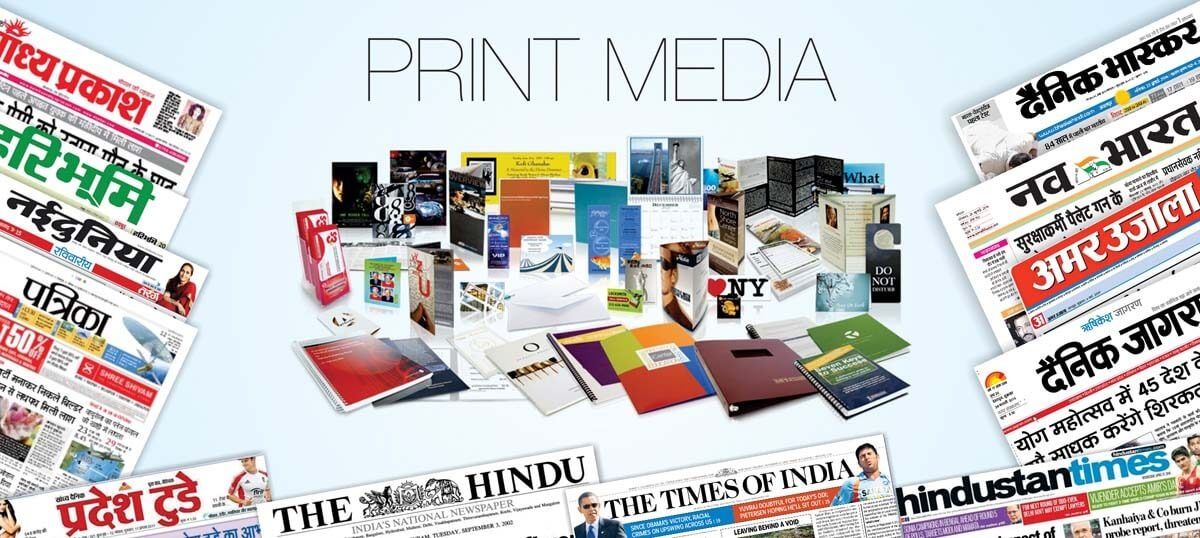
The Power of Print:
Why Printed Marketing Materials Still Matter
In today’s digital age, it’s easy to think that print marketing materials have lost their impact. With the rise of social media, email marketing, and other digital channels, many businesses focus solely online. However, the truth is that print marketing materials still play a crucial role in a successful marketing strategy. In fact, sometimes, print marketing can be even more effective than digital marketing.
Here at In Sync Infomedia, we understand the importance of print materials in a comprehensive marketing strategy. We specialize in creating high-quality print materials that effectively communicate your brand message. In this blog post, we’ll explore the power of print and why it’s still relevant today.
Tangible and Memorable: The Experience of Touch
Printed marketing materials are tangible, which means your customers have something physical to hold and remember. Unlike fleeting digital content, a well-designed brochure or business card leaves a lasting impression. The texture of the paper, the print quality, and even the fresh ink smell create a richer sensory experience, making your brand more memorable.
Longevity: Standing the Test of Time
Digital ads can be swiped away, and emails can be deleted with a click. But a tangible piece of marketing collateral gives your customers a reminder of your brand that can be revisited time and again. Whether it sits on a desk or is pinned to a bulletin board, print materials have staying power that digital mediums often lack.
Targeted and Personal: Customization and Specificity
Printed materials allow you to effectively target specific audiences. Custom designs that speak directly to your target audience can make a powerful impact. If you’re targeting millennials, for example, your print design can feature elements that resonate with their interests and preferences.
Localized and Regional Appeal
Print marketing excels in reaching different and rural areas of India. Digital access can be inconsistent in these regions, making print the go-to medium. Print media can easily be customized for regional language readers, allowing brands to reach specific demographics. By using local dialects and culturally relevant imagery, your print materials form a deeper connection with your audience.
Imagine advertising a product in rural Maharashtra through a brochure written in Marathi, complete with regional references and culturally specific visuals. This approach addresses the local audience in a way that digital ads often fail to achieve.
Better Engagement: Physical Interaction
Printed materials encourage better engagement from your customers. Digital marketing can often be ignored or deleted, but print materials require physical interaction. This leads to deeper engagement with your brand message, potentially resulting in better conversion rates.
Trust and Credibility
There’s an inherent trust with print. Many consumers perceive printed materials as more credible and reliable compared to digital ads, which can appear spammy or questionable. This trust drives higher levels of engagement and more meaningful interactions with your brand.
Versatility: Fit for Any Setting or Occasion
Printed marketing materials are incredibly versatile. You can use them in various settings like trade shows, conferences, and networking events. They can also be mailed directly to customers, used as leave-behinds after meetings, or included in product packages.
Broad Audience Reach
From urban centers to rural villages, print materials can reach audiences where digital media may fall short. Newspapers, magazines, flyers, and brochures distribute widely and effectively, tailored to each unique audience segment in their language and cultural context.
For example, businesses might use flyers to advertise a local event in multiple languages to ensure inclusivity. Brochures could be sent out in the local dialect to target older demographics less proficient with digital platforms
